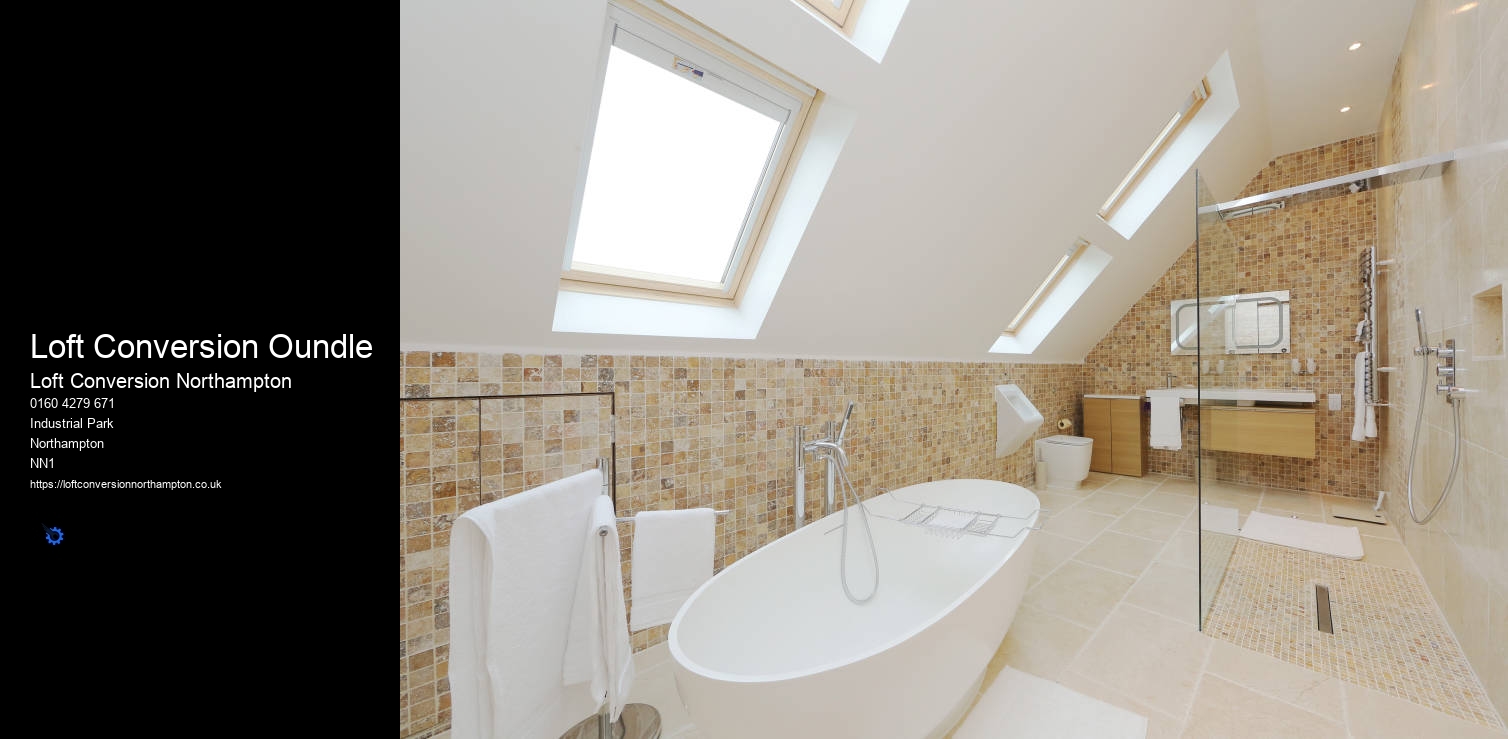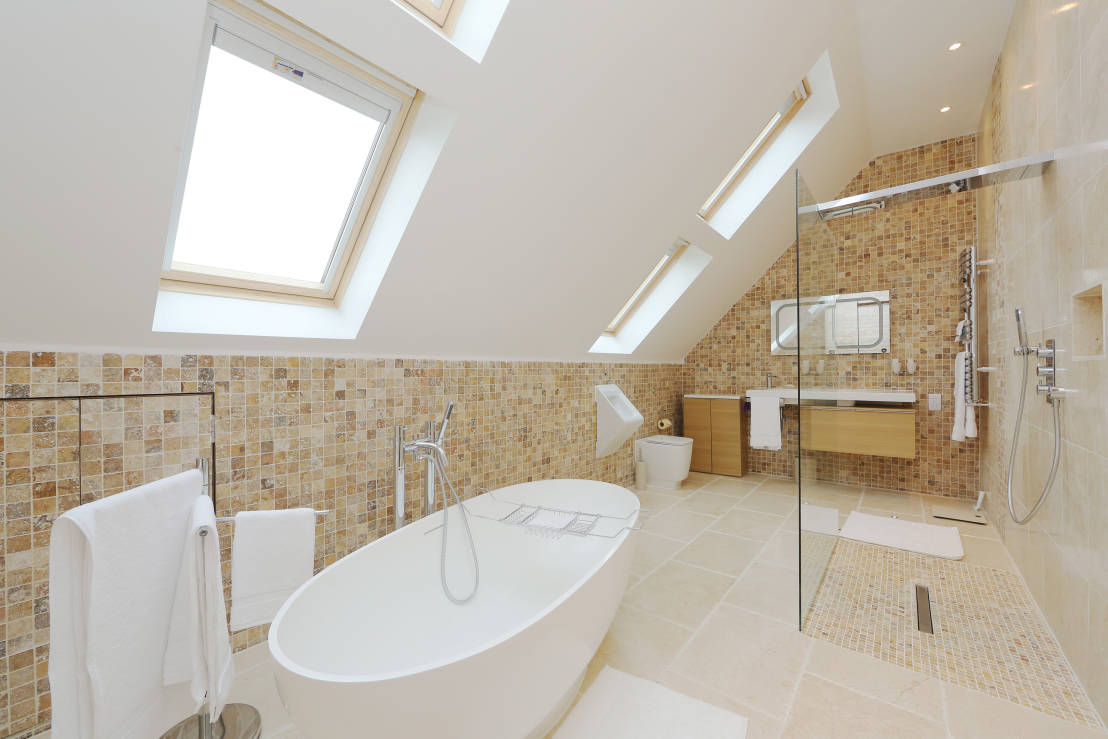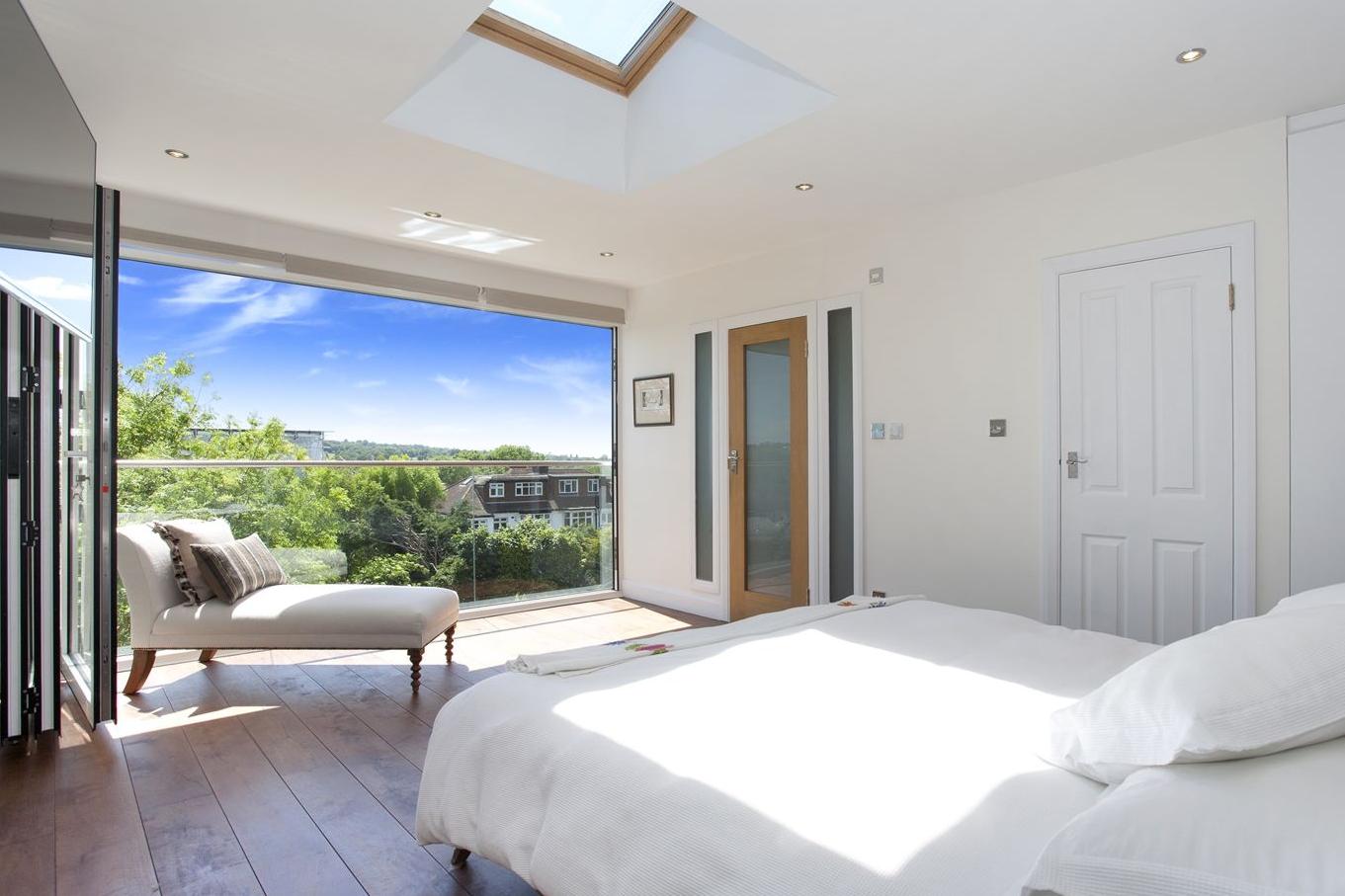The third most expensive part of a loft conversion in Northampton is likely to be the cost of the windows and doors. Windows and doors are essential for the safety and security of the converted loft, so they must be of a good quality and be installed correctly. The cost of windows and doors is usually based on the size, type, and material chosen.
No matter which type of loft conversion you choose, it is important to understand that you will not lose any space from inside your home. The additional living space created from the conversion is created from the roof, which was likely unused before the conversion began. Therefore, loft conversions are a great way to add extra living space to your home without losing any space inside.
From there, the loft conversion firm will move on to the internal work, such as the installation of electrics, plumbing, and any other finishing touches. This part of the process can take anything from one to four weeks, depending on the type of conversion and the complexity of the job.
Overall, the most expensive part of a loft conversion in Northampton is likely to be the cost of the structural work. However, the cost of insulation, windows and doors, and any additional electrical and plumbing work can all add up to create a significantly more expensive project.
The first step in determining how long your loft conversion will take is to decide what type of conversion you want. Loft conversions can range from simple additions, such as adding an extra bedroom or bathroom, to more complex projects, such as adding a staircase or creating a new living space. The more complex the project, the longer it will take to complete.
Overall, converting your loft is a great way to add value to your home. While the cost of having a loft conversion in Northampton can vary depending on the size and complexity of the project, the investment can pay off in a number of ways. Not only will it add value to your property, but it can also create additional space and increase your home’s energy efficiency.
A third option is to build the stairs in the loft itself. This can be a great option for small loft conversions, as it eliminates the need for a staircase on the ground floor. However, it is also more complicated and can be prohibitively expensive.
One option is to install a floating staircase, which is a set of stairs that is installed against the wall and does not touch the floor. This type of staircase is ideal for smaller spaces or where there is limited space to install a staircase. It is also one of the most cost-effective options, as it requires minimal construction work.


